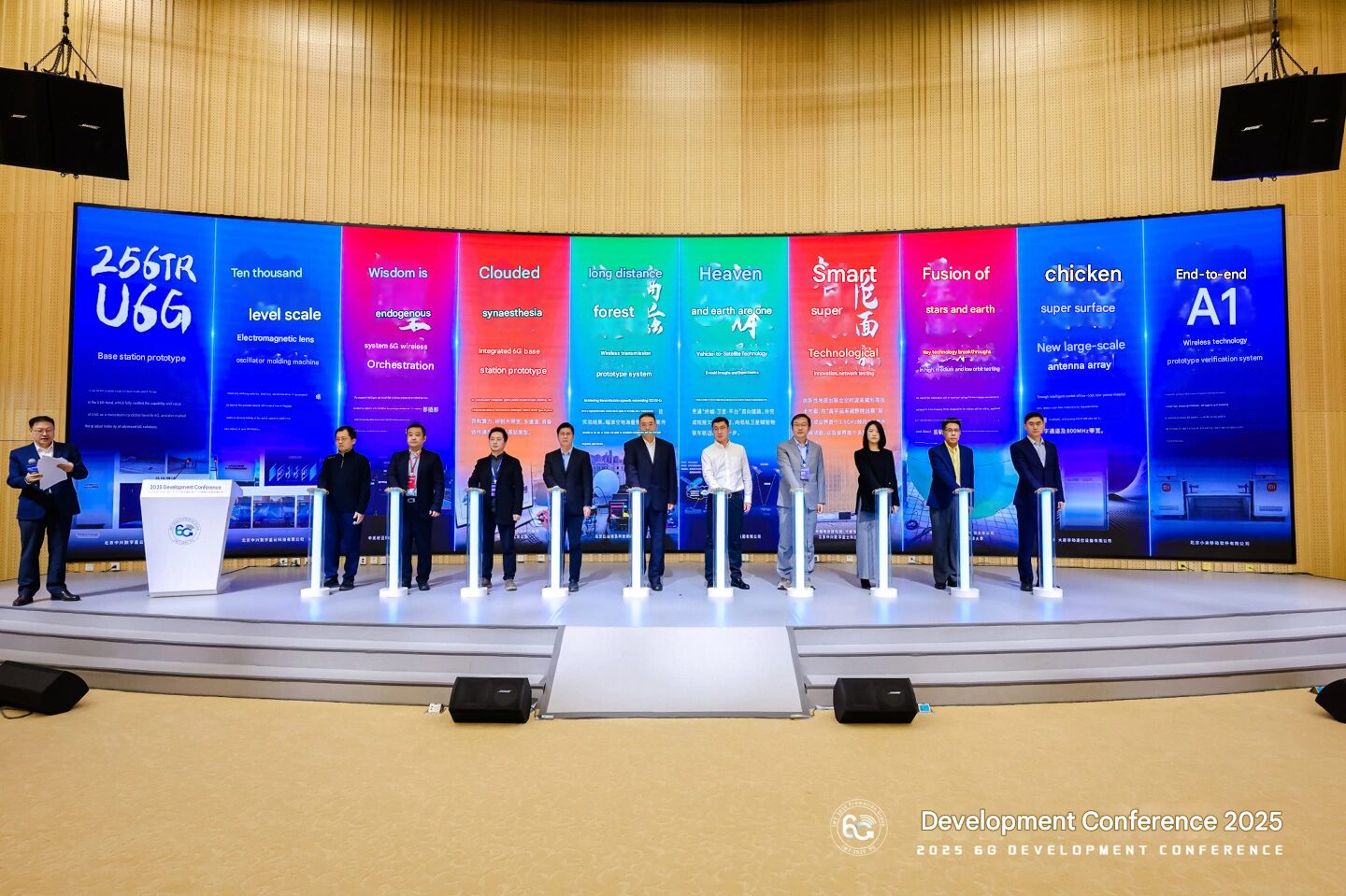Xiaomi once again confirms its commitment to investing in 6G for the long term, as the company’s “End-to-End AI Wireless Technology Prototype Verification System” has been selected among the Top Ten Advances of Beijing 6G Lab at the 2025 6G Development Conference. This recognition places Xiaomi at the forefront of next-generation communication research, complemented by recent developments in HyperOS and the company’s growing investment in wireless intelligence. For readers interested in Xiaomi’s wide innovation ecosystem, related topics include Xiaomi HyperConnect and the evolution of HyperOS updates.
Xiaomi’s AI-Driven 6G Innovation Gains National Recognition
Xiaomi’s chosen prototype introduces a complete software and hardware system built on the basis of 6G-oriented AI architecture. It could support flexible deployment models, such as single-module operation, multi-module collaboration, and even full end-to-end deployment across the transceiver link. This structure enables both AI-based control information transmission and AI-based business data transmission within one integrated solution.
Beyond the structural advances, the system implements an AI-powered cross-layer processing mechanism that could jointly optimize the information source and channel. This approach aligns with the future 6G wireless-AI convergence and provides a very important technical guide for ongoing discussions related to emerging 6G wireless standards. According to Xiaomi, its research investment into these areas will continue to increase in the coming years.
Beijing 6G Lab Top 10 Breakthroughs
The Beijing 6G Laboratory list for 2025 highlights key technical progress from China’s leading institutions and industry partners. Xiaomi stands alongside major telecommunication operators such as China Mobile, China Telecom, and China Unicom.
256TR U6G Base Station Prototype
The prototype, led by ZTE Digital Nebula, demonstrates that the U6G frequency band has great commercial potential, with significant readiness for future 6G deployment.
Ten-Thousand-Oscillator Electromagnetic Lens
With tens of thousands of oscillators, ZTE Digital Nebula introduced an electromagnetic lens to realize the space separation capability of hundreds of independent streams.
Intelligent 6G Wireless Orchestration System
It is a system jointly developed by the Zhongguancun Pan-Integrated Research Institute with China Mobile, aiming at efficiently managing a wide variety of 6G business applications.
Cloud-Based Sensory Integrated Base Station
China Mobile and the Pan-Integrated Research Institute have jointly developed the sensing-enhanced base station by integrating communication and perceptual computing for supporting V2X and smart-city applications.
New Long-Distance Terahertz Transmission Record
Hongshan Technology set a new benchmark with a 30.4-km, 20Gbps terahertz transmission test.
First Low-Orbit V2X Satellite Environment
China Unicom deployed the first low-orbit satellite test environment supporting V2X technology, advancing IoT infrastructure.
Intelligent Metasurface Advancements
China Telecom and partners completed 6G metasurface innovation and conducted the first multi-site and multi-RIS networking trial in the industry.
Multi-Orbit Satellite-Ground Convergence Tests
China Telecom also finished the key research for 6G satellite-ground convergence, which included high-, medium-, and low-Earth orbit validation trials.
Holographic Metasurface Antenna Array
Datang Mobile developed a large-scale holographic metasurface array that supports dynamic multi-stream beamforming.
Xiaomi’s End-to-End AI Wireless Technology Prototype
Xiaomi’s system has validated many possible wireless AI technologies, which provides basic guidance for the future 6G standardization process.


 Emir Bardakçı
Emir Bardakçı


